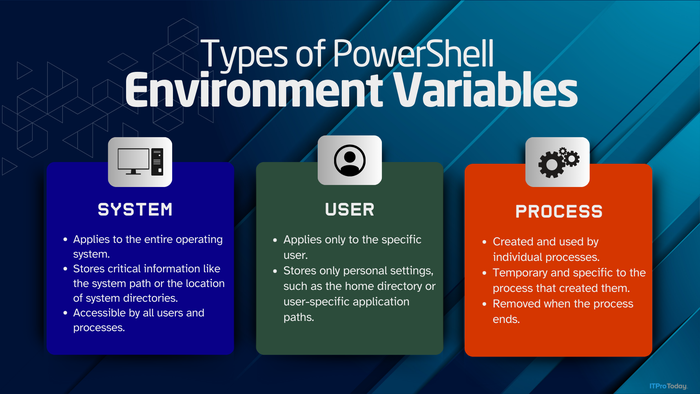DeepSeek AI Fails Multiple Security Tests, Raising Red Flag for BusinessesDeepSeek AI Fails Multiple Security Tests, Raising Red Flag for Businesses
The popular generative AI (GenAI) model allows hallucinations, easily avoidable guardrails, susceptibility to jailbreaking and malware creation requests, and more at critically high rates, researchers find.
February 12, 2025

Organizations might want to think twice before using the Chinese generative AI DeepSeek in business applications, after it failed a barrage of 6,400 security tests that demonstrate a widespread lack of guardrails in the model.
That's according to researchers at AppSOC, who conducted rigorous testing on a version of the DeepSeek-R1 large language model (LLM). Their results showed the model failed in multiple critical areas, including succumbing to jailbreaking, prompt injection, malware generation, supply chain, and toxicity. Failure rates ranged between 19.2% and 98%, they revealed in a recent report.
Two of the highest areas of failure were the ability for users to generate malware and viruses using the model, posing both a significant opportunity for threat actors and a significant threat to enterprise users. The testing convinced DeepSeek to create malware 98.8% of the time (the "failure rate," as the researchers dubbed it) and to generate virus code 86.7% of the time.
Read the full story from our sister publication Dark Reading >>>
Read more about:
Dark ReadingAbout the Author
You May Also Like








.jpg?width=700&auto=webp&quality=80&disable=upscale)
